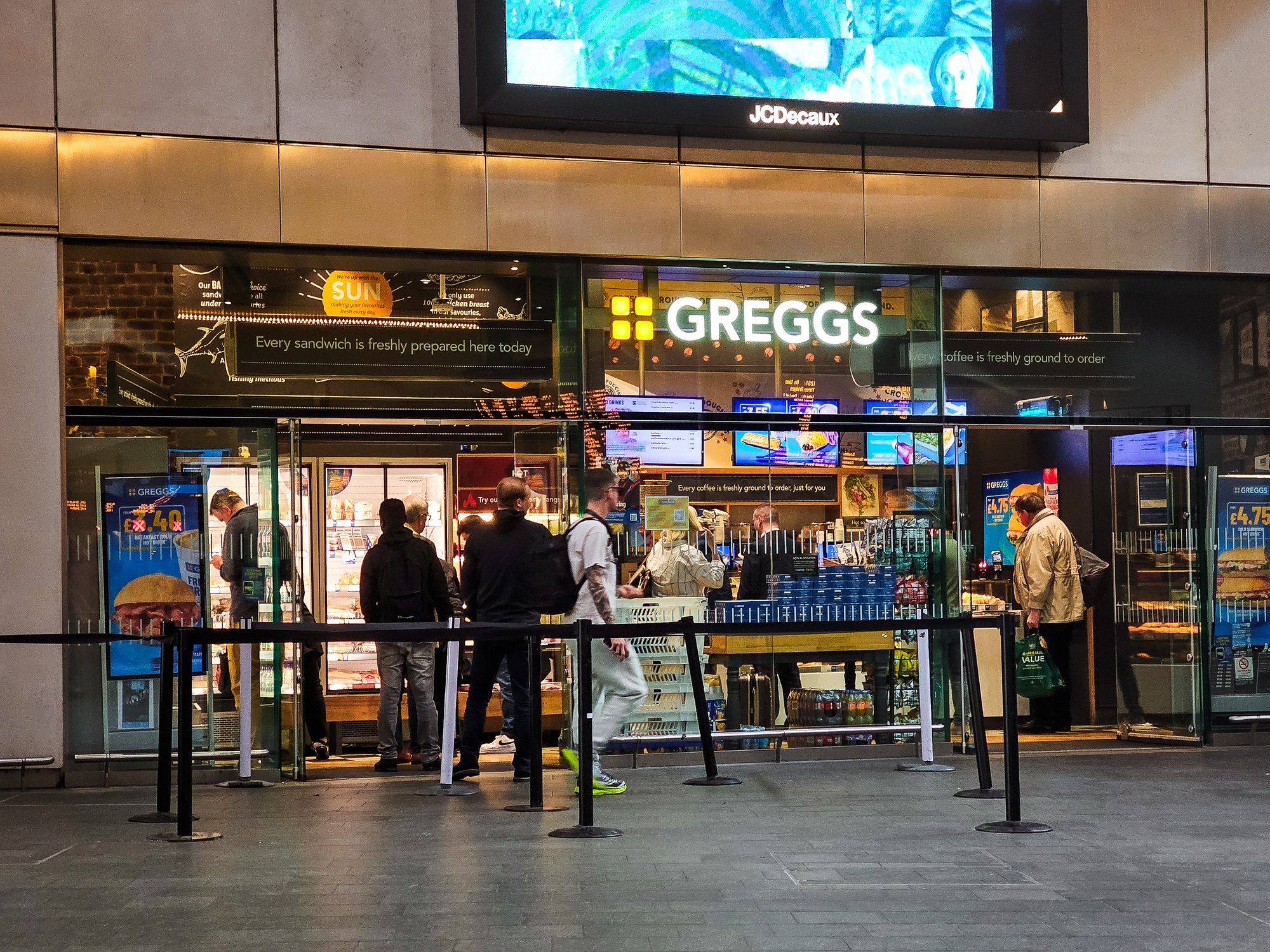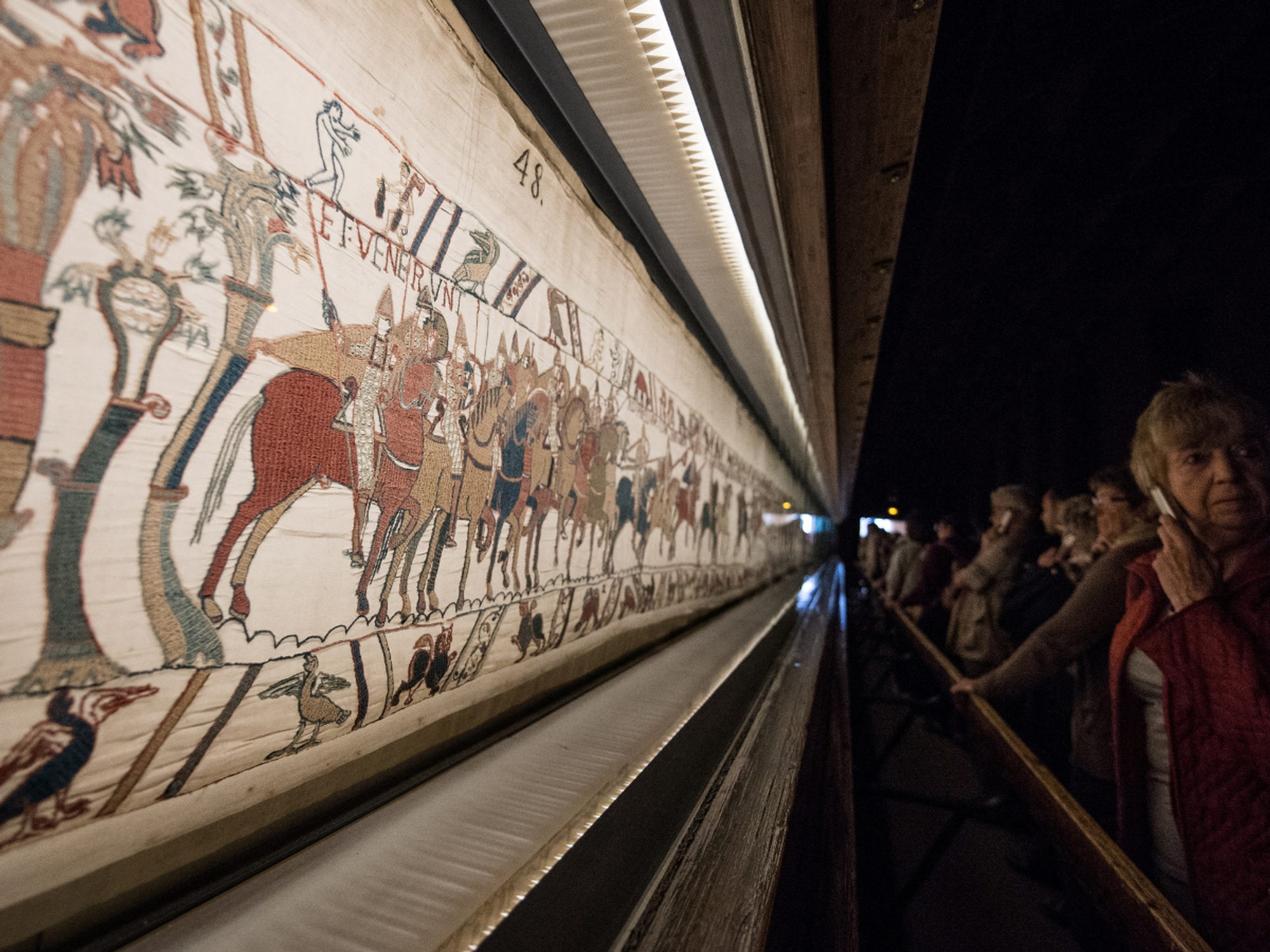Flying Scotsman future at risk amid concerns over its contract

The Flying Scotsman faces an uncertain future as there is nobody currently contracted to look after it next yea
| PA
Concerns are growing over the future of the Flying Scotsman
Don't Miss
Most Read
The Flying Scotsman faces an uncertain future as there is nobody currently contracted to look after it next year.
The famous steam train has been looked after by Riley & Son, a Bury-based engineering company, since its return in 2016.
However, concerns are growing over its future as Riley & Son’s contract expires tomorrow, Dec 31, and the National Railway Museum, which owns the Flying Scotsman, has not issued new invitations to tender.
"We’ve heard nothing about the future. We’re as much in the dark as everyone else is," Ian Riley, a director of Riley & Son (E) Ltd, told the Sunday Telegraph.
"Our contract finishes on Sunday night and that’s it as far as we know until the new tender documents come out.
"But the NRM haven’t even decided when that will be yet."
He added: "This isn’t an ideal place to be and I don’t know what [the NRM] is thinking."
A spokesman for the museum said: "After the success of Flying Scotsman’s centenary year, and the locomotive’s two popular visits to the NRM, the future operation of Flying Scotsman after this date is being carefully considered."
According to a spokeswoman, the museum would "safeguard the locomotive’s future" and will run into 2024.
But would not provide any kind of timescale of the process.
It has been reported that it took five months between the last invitation to tender being issued and the contract being signed.
Network Rail also requires at least 12 weeks’ notice before steam locomotives can run on the main line.
The future of the Flying Scotsman has already been questioned following a High Court victory for the Office for Rail and Road (ORR).
Despite Riley & Son maintaining the locomotive, West Coast Railways operates it and has refused to fit modern central door locking systems to its fleet of carriages, as required by the ORR.
This means the train is effectively stranded at the National Railway Museum’s Shildon site.










